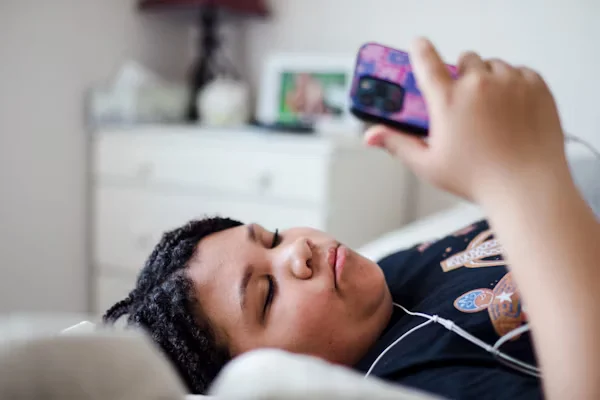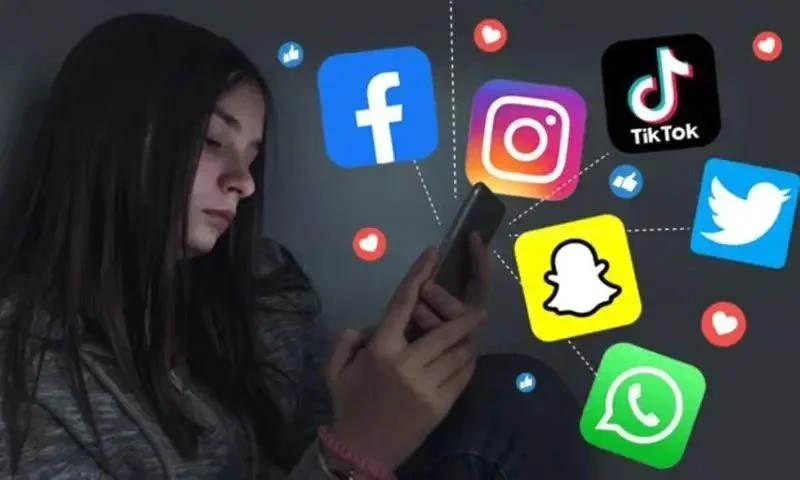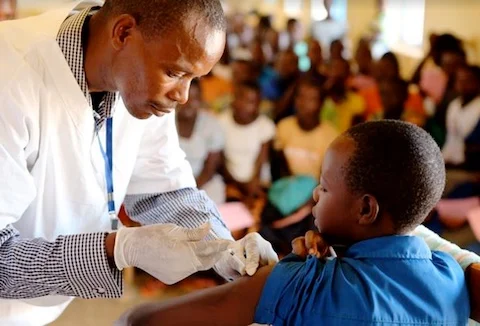Social media has become an integral part of modern life scrolling, liking, and sharing now rival sleep and eating in daily routines. But while this digital evolution offers connectivity and expression, it has a growing impact on mental health, with differing effects across age groups.
This article dives deep into how each generation is uniquely influenced by social platforms from emotional resilience to psychological challenges.
How Social Media Influences Mental Health in Children and Teens

The impact of social media on mental health across age groups is especially pronounced among children and adolescents. This demographic is a critical phase of emotional and cognitive development. Constant exposure to curated content can lead to issues such as:
- Social comparison and reduced self-esteem
- Increased risk of anxiety and depression
- Cyberbullying and peer pressure
- Sleep disruption and reduced attention span
Platforms like TikTok and Snapchat amplify peer validation metrics (likes, comments), making young users vulnerable to overvaluing external approval. Psychologists warn of a rising tide of screen addiction and emotional burnout in Gen Z.
Young Adults: Digital Freedom or Emotional Overload?

For young adults, social media often acts as both a social lifeline and a source of mental health strain. This group uses platforms like Instagram, LinkedIn, and X (formerly Twitter) for networking, news, and identity exploration. However, the impact includes:
- Fear of missing out (FOMO)
- Work-life-social imbalance
- Digital dating pressures and ghosting trauma
- Activism fatigue and echo chamber anxiety
Ironically, while young adults have the highest access to mental health resources online, they often delay seeking help due to the curated “highlight reel” effect that dominates feeds.
Older Adults and Seniors: A Double-Edged Digital Tool

The impact of social media on mental health across age groups also extends to older adults though in nuanced ways. Many seniors use Facebook or WhatsApp to stay in touch with loved ones and reconnect with lost friendships. The benefits include:
- Reduced loneliness and isolation
- Cognitive stimulation through information and hobbies
- Community-building in niche interest groups
However, the risks include susceptibility to misinformation, online scams, and digital literacy gaps that lead to stress or confusion. Seniors also face identity conflicts when cultural or generational values clash in digital discourse.
Cross-Age Trends: Universal Truths in a Connected World
Despite varying effects, several mental health challenges are common across age groups:
- Dopamine-driven feedback loops that fuel screen time addiction
- The illusion of constant availability creating burnout
- Disrupted sleep and decreased physical activity
- Performance anxiety tied to visibility and online personas
These universal struggles indicate a shared need for digital mindfulness, policy reforms, and platform accountability.
Strategies to Balance Social Media and Mental Health
Regardless of age, it’s possible to realign digital habits for better mental well-being:
- Set daily time limits using screen-time apps
- Curate your feed to follow uplifting and educational content
- Schedule social media detox periods
- Engage in offline activities that spark joy and creativity
- Seek professional help when digital habits start affecting emotional stability
At Insight and Social, we specialize in decoding how technology shapes human behavior. Want tailored insights on how social media is affecting your target demographic? Contact us today!





